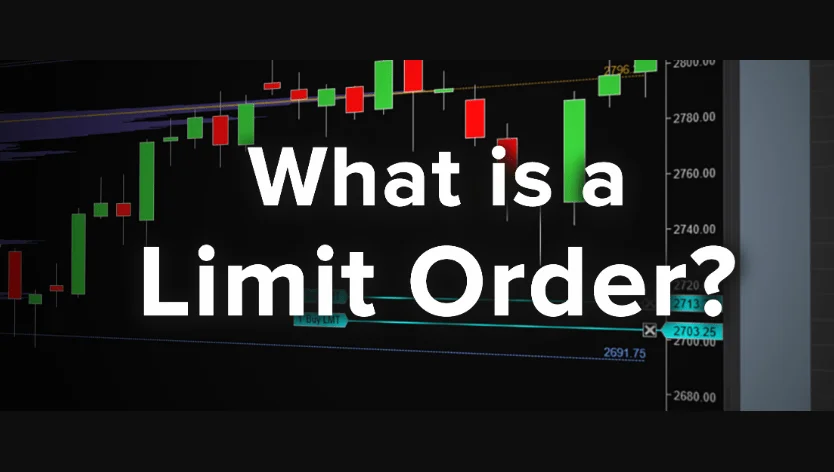In financial markets, traders and investors earn money by buying and selling assets. Everything is simple there, as in any other trading platform: you need to buy cheaper and then sell more expensive. For traders who do not hold positions, like investors, for several years or decades, the correct entry and exit points of transactions play an important role.

It’s essential to correctly analyze what is happening now in the market, and choose the right moments when it’s worth buying or selling. Otherwise, entering at random, there’s a high probability of losing money when the market doesn’t go in the direction of the transaction. To make such correct entries, traders develop trading strategies containing a set of rules that help to understand where and when the probability of catching a price movement is higher.
Limit Orders in Finance
What is a limit order in simple words? A limit order is an order from a trader to a broker to make a deal to buy/sell a given volume of an asset when the quotes reach a certain level (execution price). In such an application, 2 parameters must be specified:
- the price at which the trader wants to make a purchase/sale transaction, — It’s necessarily better than the current market and is at least as far away from it as the number of minimum price steps (points) allowed by the rules of the trading platform;
- the planned volume of the transaction.
Financial experts highlight the following types of limit orders: There are 2 types of limit orders:
- buy limit;
- sell limit.
The meaning of their work is identical. They are needed for the correct execution of transactions according to market analysis without the active participation of the trader in the process.
The Sell Limit is set above the current price, triggered by opening a sell deal (short position) when the rising quotes reach a given level.
The Buy Limit is placed below the current market price, executed when the quotes fall to the specified level. Opens a long position (a purchase transaction is being made).
Thus, a limit order opens a deal towards the movement of quotations and only when they reach the specified level (limit). This is its main advantage — entry into the market is carried out only at a given price or better. This is the difference between a limit order from a market order and a stop order. The last two are executed at the current (Market) or stated (Stop) price or worse.
TabTrader — an Exchange for Placing Limit Orders
The free mobile trading terminal TabTrader has a connection to 36 cryptocurrency exchanges, including such popular platforms as Binance, FTX, Bybit, BitMEX, OKX (OKEx), and so on.
Users can trade using all types of orders, namely a limit order, and market order, as well as stop loss and take profit functions on various crypto exchanges. All exchange user accounts are managed from a single interface. The terminal also offers to push notifications about price events.
API keys are stored on the cryptocurrency exchange in encrypted form or are in the possession of users. This means that TabTrader doesn’t have access to user funds.
A distinctive feature of the TabTrader application is that all trading accounts are launched from a single interface. In addition, TabTrader can notify you about price events.
